Amazing Author Studies
Author Studies are fun, engaging activities for students of all ages. They are perfect for reinforcing research skills and allowing students to discover new authors and books!
Just think… wouldn’t this be the perfect end-of-the-year project to kick-off summer reading?! Each student could share book reviews or author book lists for their peers to take-home and use when picking out summer books!
Author Studies are fun, engaging activities for students of all ages. Click To TweetIntroducing Author Studies:
There are many ways you can develop a class or student author study. First, you need to decide your timeline and the complexity of the projects you would like the students to complete. This will determine which steps you want to include.
A basic step-by-step guide is offered by AdLit.org and includes the following steps:
- Set a purpose and goals!
- Choose an author!
- Read and respond to the author’s books!
- Research the author!
- Complete a project to present your findings!
Pick and choose the steps you want to include and the number of days you want to dedicate to each. I would then recommend participating in an author study together as a class so that you can model the step-by-step process.
Use this {FREE} Author Study Planning Page to plan-out your class and student author studies:
Students will record:
- Author Study Goals
- Reason for Choosing Author
- Books by Author
- Websites/Books (Resources)
- Culminating Project Ideas
Here are some additional resources to help you get started:
- How to Do an Author Study (AdLit.org)
- Author Study Toolkit (Reading Rockets)
- Using Author Studies (The Reading Lady)
Sample author studies:
- Eric Carle Author Study (Scholastic)
- Jan Brett Author Study (Scholastic)
- Dr. Seuss Author Study (Seussville)
Are you looking for a simple example to show your students? Here is an author study slideshow I created to introduce Cynthia Rylant to my 2nd grade students!
Independent Author Studies:
Once you have modeled the process and students understand the steps, students should be ready to complete an author study of their own! Some teachers prefer to have students work in partners or as a small group to start. Provide a list of possible authors if students have a hard time picking one. If you have younger students, you may even want to pick out a few websites for them to start with.
Here are a few resources to help you compile a list:
- Children’s Authors & Illustrator’s (Children’s Literature Web Guide)
- Meet Our Authors & Illustrators (Scholastic)
Author Study Activities & Culminating Projects:
Author Study Activities:
Here are some ideas for activities:
- Author Studies for Students & Teachers (WritingFix Projects)
- Author Unit Activities (InTime)
Consider using a book review activity for students to write reviews and share books by the authors they’ve studied!
You could even scan and convert a single review from each student and make a digital class book to share on your website or send home with students. A great website for doing this is FlipSnack, a FREE tool for creating digital flipping books from multiple pdf files. All you would have to do is create it and then share the URL link on your websites or in an email to parents. Students could then access this book all summer for great book suggestions!
Culminating Projects:
Do you want your students to create slideshows? posters? trading cards? There are many options for culminating projects you can choose for them. You could even give the students a choice!
- Culminating Projects (Reading Rockets)
My personal favorite is an author study Wordle or Tagxedo author cloud. As a culminating project, I would give students the option of creating a word collage to visualize the facts they learned about the authors they chose.
Wordle is a Web 2.0 tool for generating “word clouds” from text that you provide. The clouds give greater prominence to words that appear more frequently in the source text. Tagxedo is another word cloud tool, with the option of customizing the shape of the cloud.
Using either of these tools, students can tweak their clouds with different fonts, layouts, styles, and color schemes to highlight the key words about an author. Students can pick a shape that would symbolic to an author theme or style!
Here are two examples I created for the Cynthia Rylant author study I completed with my students:
(The Wordles shown above were created by plugging in this URL. Students can type in their own words to display, or use an author’s website like I did above!)
So that’s an author study in a nut shell! Really, you can make it as simple or complex as you wish. Hopefully the resources shared here are helpful in giving you a few ideas for developing an author study project for your own classroom. Please share any additional ideas by leaving a comment below! I would love to hear how you use author studies in YOUR classroom. 🙂
Additional Resources:
Are you looking for additional materials for bringing author studies into your classrooms? Check out my Author Study Tic-Tac-Toe choice board resource for getting started with author studies!
—
Happy Teaching!

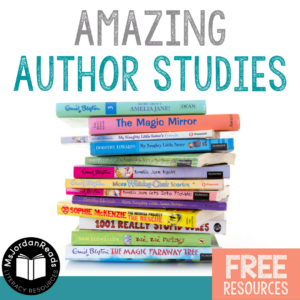

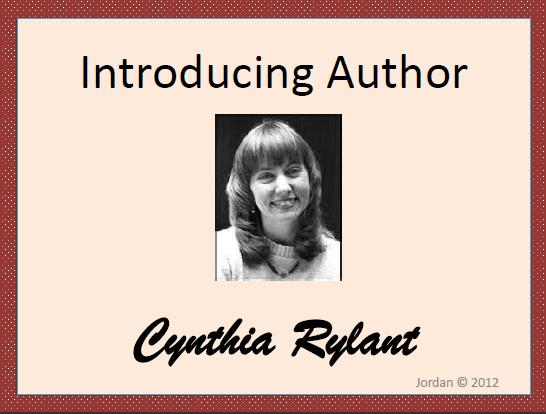
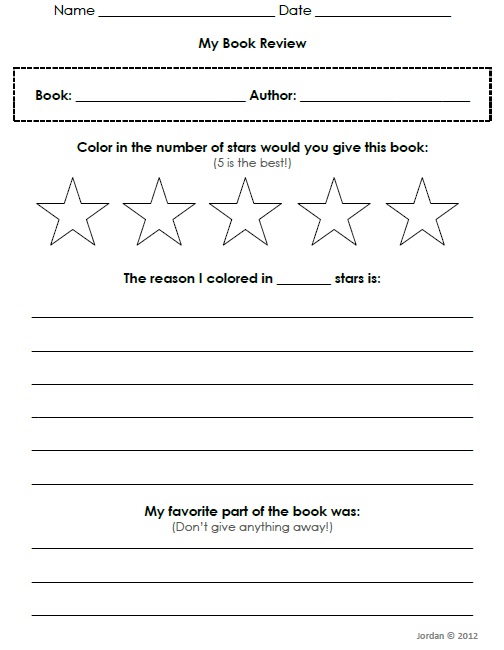


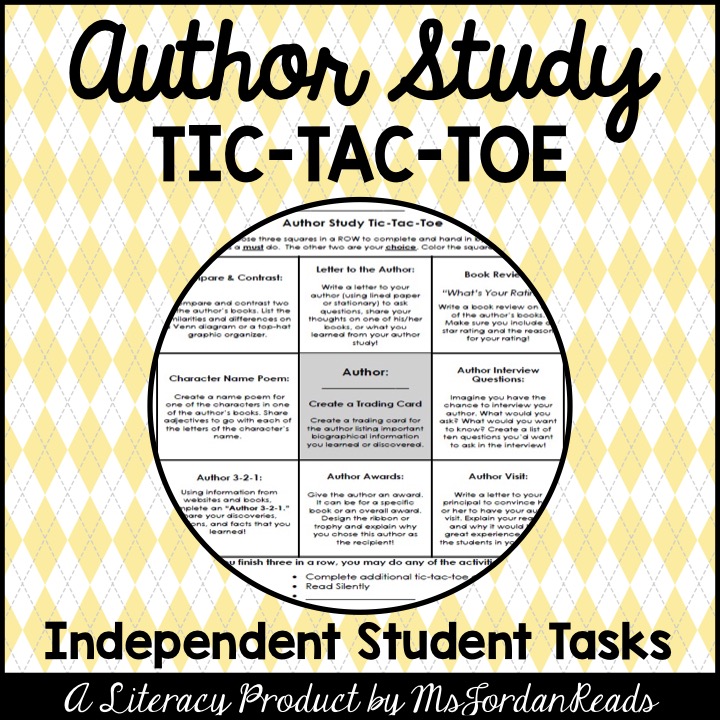

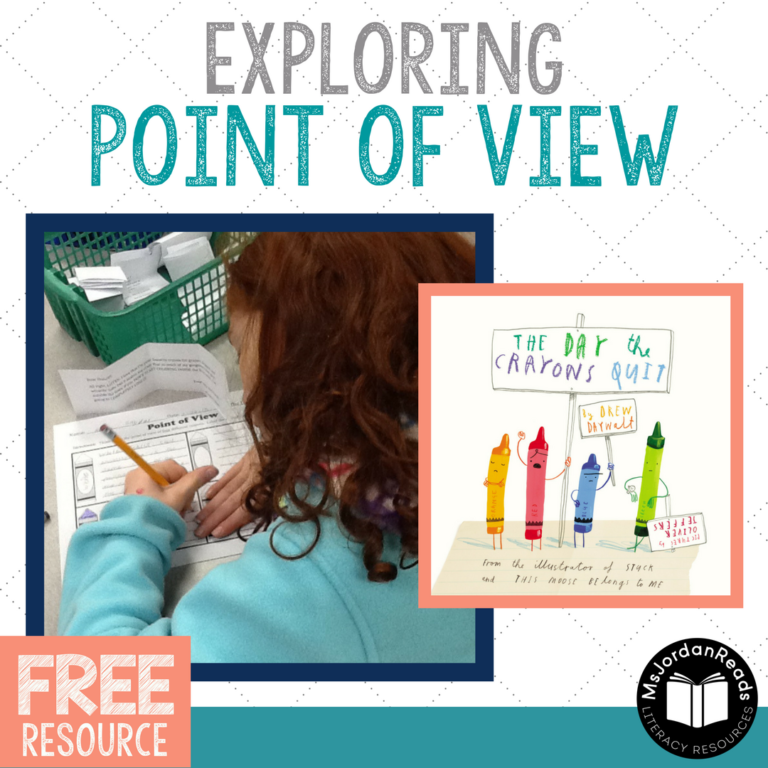
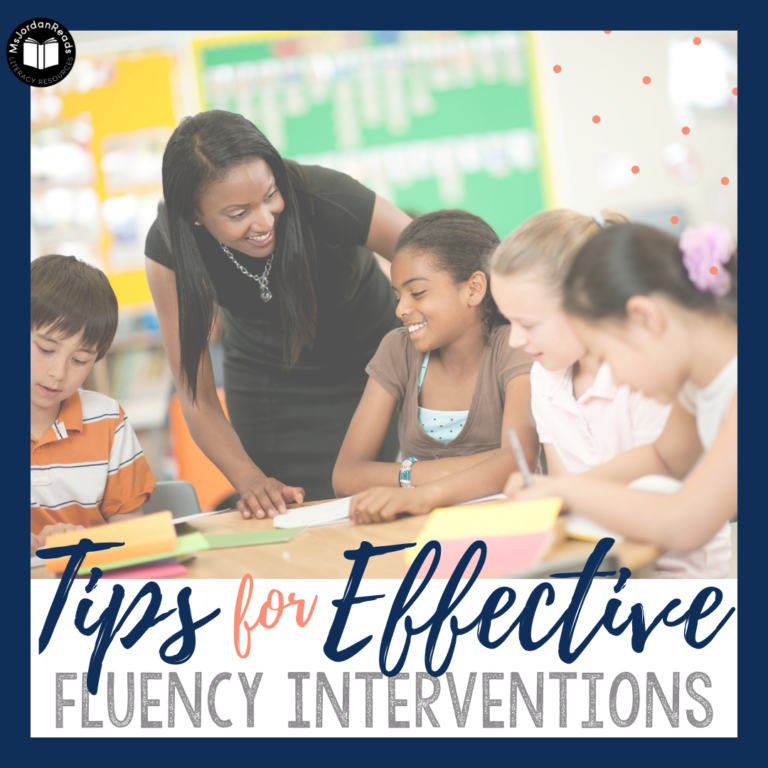
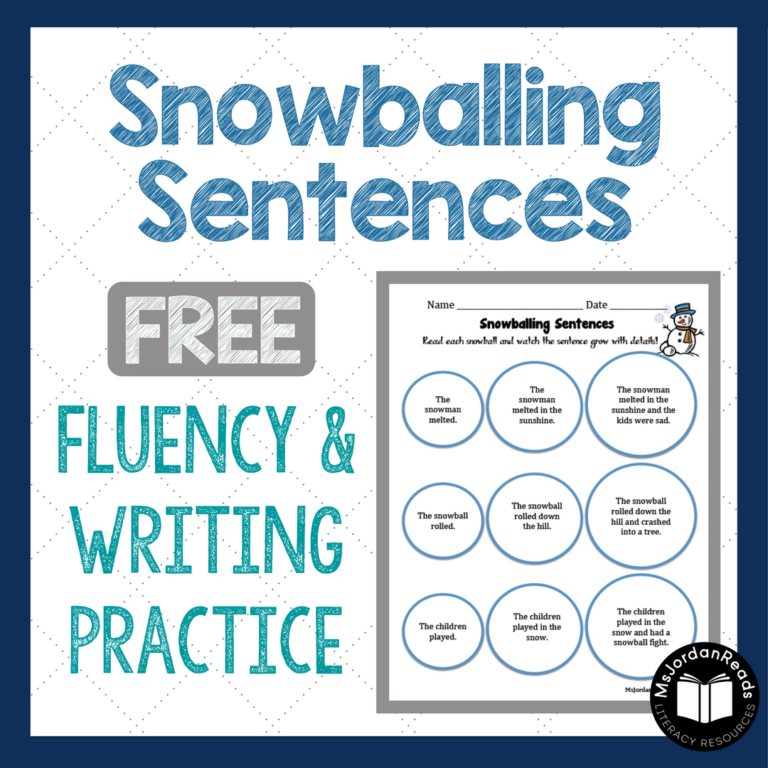
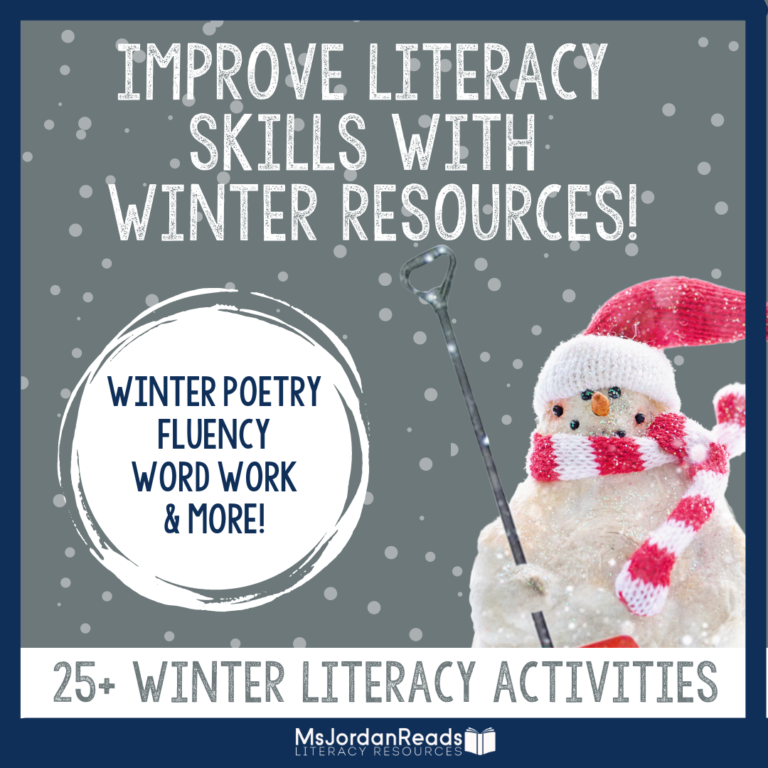
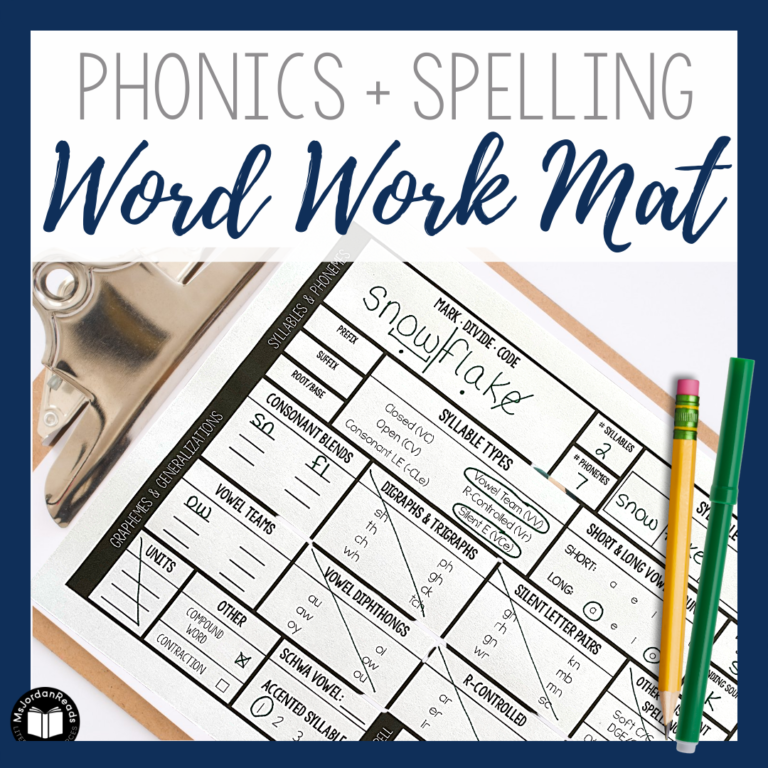
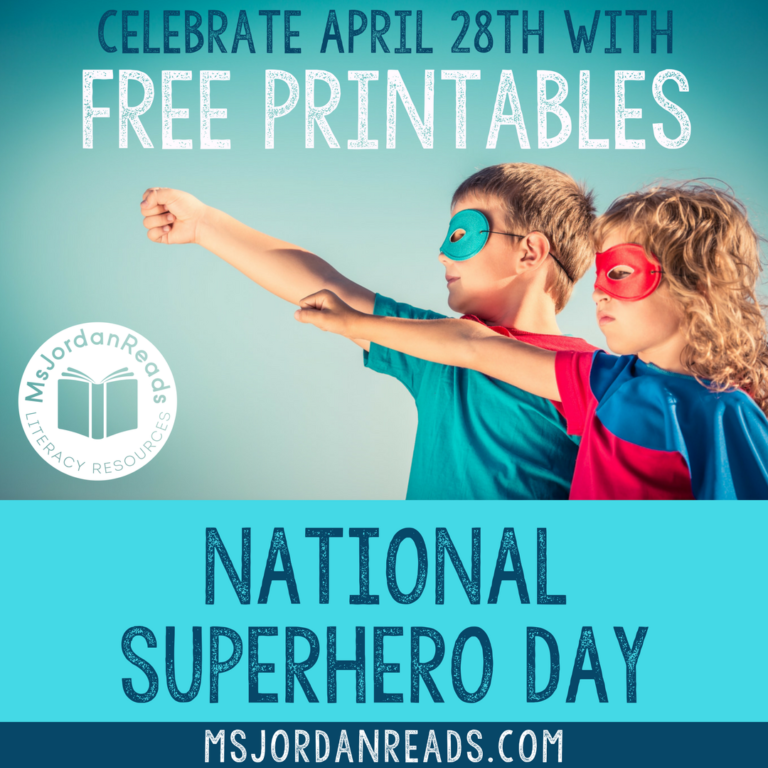
Thank you so much for taking the time to share all of that information! I can’t wait to explore it more!
A new follower…
Misty
Think, Wonder, & Teach
Hey, Misty! Thanks for your support and becoming a follower. Hoping to share lots more this summer! 🙂
—
Kristin